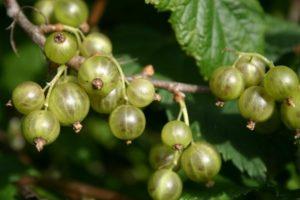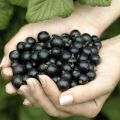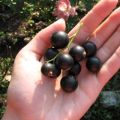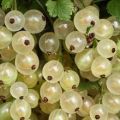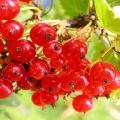Description of black currant varieties Riddle, planting and care features
Currant Riddle brings a lot of harvest, belongs to the mid-early varieties. Recommended for cultivation by the state register in the Central and North Caucasian regions. The berry bush is often cultivated in other regions of Russia, as well as in the CIS countries. To successfully grow a plant, you should familiarize yourself with all the agrotechnical nuances.
History of culture breeding Riddle
The currant variety Zagadka was bred at the Moscow University of Horticulture VSTISP by breeder V. Litvinova in 1957. The species Nina and Contender were bred, Riddle is a hybrid. Since 1977, it has been listed in the state register.
Biological description of the variety
The fruit variety of currant attracts gardeners with large berries with a gorgeous taste. It is grown for personal consumption or for sale. Since the variety is of average yield, it is often bred for the manufacture of dishes, preparations for the winter. The bushes are self-fertile, do not require a number of pollinators. If there are already pollinating crops on the plot, this will increase the yield of currants.
Bush and branching of the root system
Currant bushes are famous for their compact shape, medium size, spreading, density. The currant is a long-liver in comparison with its fellows. The next season after planting, you can get a crop. With proper care, shrubs can live up to 15 years.
The variety is distinguished by thick shoots with a reddish top and five lobed medium-sized leaves. The brushes are also medium in size, up to 5 cm, without pubescence. There are about 7 berries on them.
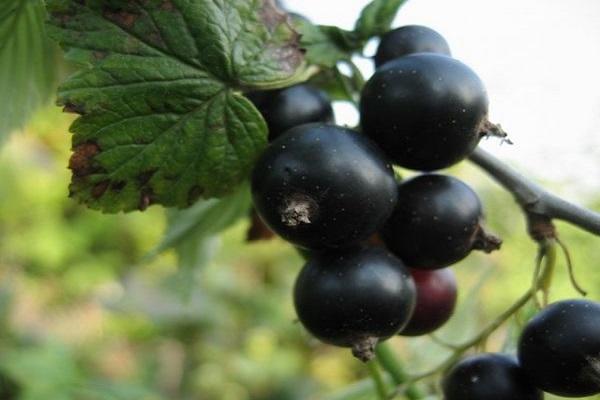
Flowering, yield and berries
Pollen falls in mid or late May, depending on the climatic conditions of the region. Inflorescences are medium-sized, cupped, pale pink petals, bent. The Riddle variety yields berries that weigh up to 2.2. d, medium size. They are fragrant, rounded, black in color with yellowish dots, sweet and sour table taste and dense skin. The variety is medium-yielding, up to 3 kg of currants are harvested from 1 bush in late August or early September. The commercial quality of the fruit is at the highest level. The taste is sweet and sour; tasters rated it at 4 points.
Scope of application
The berries are universal, they contain a lot of vitamin C.Currants are used to prepare jelly, juices, syrups, wines, liqueurs, jellies, and pastille. You can also make yoghurts, candy fillings.
The plant is famous for its medicinal properties: it lowers blood pressure, eliminates fever, and stimulates metabolic processes in the body. The fruits have antibacterial, antipyretic, immunomodulatory properties.

On the basis of currant Riddle, medicines are made in the form of cough syrups, lollipops.
Resistant to low temperatures and drought
A variety of currants Riddle is characterized by average winter hardiness, withstands cold up to -26 degrees. Dry periods are tolerated safely if they are short-lived. Prolonged lack of moisture is fraught with a decrease in yield, wilting of bushes.
Susceptibility to diseases, beetles
Currants have strong immunity to powdery mildew, anthracnose, kidney mites. If there is no care for the bushes, the protective properties are weakened.
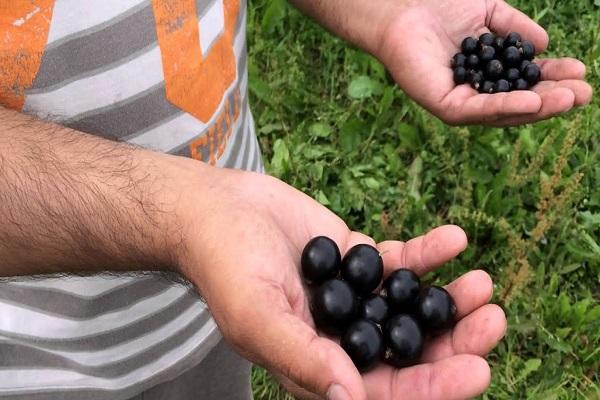
Pros and cons of Riddles
Currant variety Riddle suggests many advantages, but there are also negative sides.
| pros | Minuses |
| Large-fruited | Demanding care |
| Straightness, making it easy to care for and pick berries | The need for periodic removal of peripheral shoots |
| Resistance to diseases, beetles |
Features of planting and care
You should take care of currants regularly, since the variety is capricious. It is necessary to water, fertilize, cut the bushes on time. Preventive treatments for beetles and diseases are periodically done. The planting process is standard, there are no special nuances of agricultural technology. Currant Riddle is planted in the same way as its counterparts.
The land should be fertile, slightly acidic, with a neutral reaction - РН 5.0-5.5. The culture prefers loamy soil. The bushes grow safely in lighted places, protected from the wind.
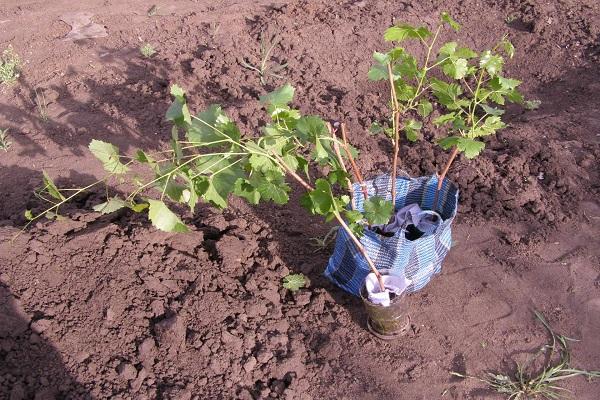
You can also highlight the area in partial shade. Groundwater on the territory should run no higher than 1.5 meters.
Optimal time for planting
Experienced gardeners recommend planting Riddle currants in early September or late March.
It is important that the air temperature warms up to + 10-15, there is no threat of frost return.
Seedling and plot preparation
If the soil is fertile, such as loam, fertilization is not required before planting. In the case of acidic soil, lime is added to it for digging, per 1 square meter from 0.3-0.8 kg. Also, 100-150 g of granular superphosphate, 2-4 kg of organic matter, 20-30 g of potassium sulfate in a ratio per 1 sq.m. It is necessary to plow the soil to a depth of 20 to 22 cm.
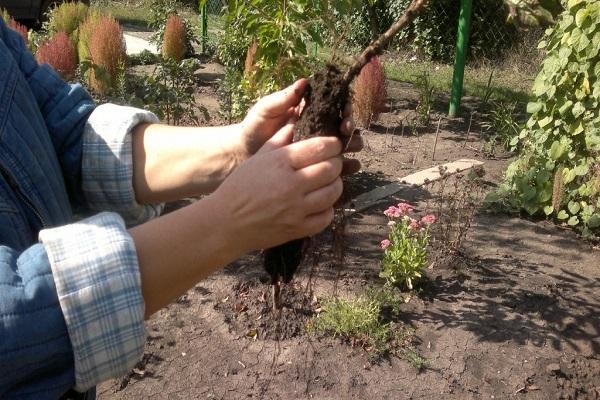
Landing technology
Currant Riddle should be planted from the south or southwest side. The planting holes are dug 50 * 50 * 50 cm in size, half a bucket of water is poured into them, the seedling is placed at an angle of 45 degrees, 4 cm deeper than it grew in the mother liquor. This planting method stimulates the intensive formation of rhizomes and shoots. After, seedlings are watered with 0.5 buckets of water per bush. To avoid rapid evaporation of moisture, the site is mulched with peat, humus, dry soil or sawdust.
Irrigation and fertilization
Currant Zagadka is a moisture-loving variety; its rhizome is located in the upper soil layer at a depth of 20 cm.
It is important that she receives the required amount of liquid with intensive growth, the formation of ovaries, which occurs at the beginning of June. Also, the bushes need moisture during the filling of fruits, which falls at the beginning of July, and after harvesting - August-September. Podzimny watering is carried out in October, the water consumption is 20-30 liters per bush.
Fertilizers play an important role during currant vegetation. 3 feeding is required per season. Nitrogen compounds are used in March - ammonium nitrate 30 g, urea 20 g, bird droppings 1:12 or mullein 1: 6 in a ratio of 1.5 buckets of water for each bush. You can feed the currants after picking the fruits.This is important for strengthening the plants.
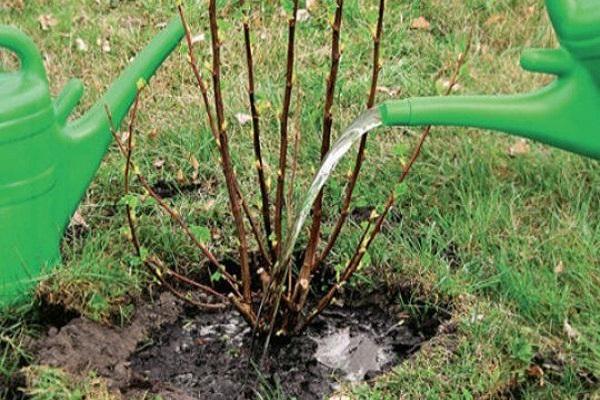
Preventive treatment
Attacks by harmful beetles, diseases, adversely affect the health of currants, the quality and quantity of fruits. The greatest danger is aphid, mealy growth. Bushes should be regularly examined to identify possible bugs and the onset of diseases. If sick, damaged shoots are found, they are removed. To reduce the risk of damage to the bushes, they should be treated with Bordeaux liquid at the beginning of the growing season.
Loosening and mulching of beds
The plot should be weeded to a depth of 6-8 cm, 2-3 times a week. To reduce the frequency of loosening, the circle of currant bushes is covered with mulch. The procedure is done immediately after plowing, the ground is covered with humus 5-10 cm thick. Organics are placed from the branches with a distance of 0.2 meters.
If weeds appear, they are urgently removed. Burian inhibits the development of bushes, takes away nutrients from the soil.
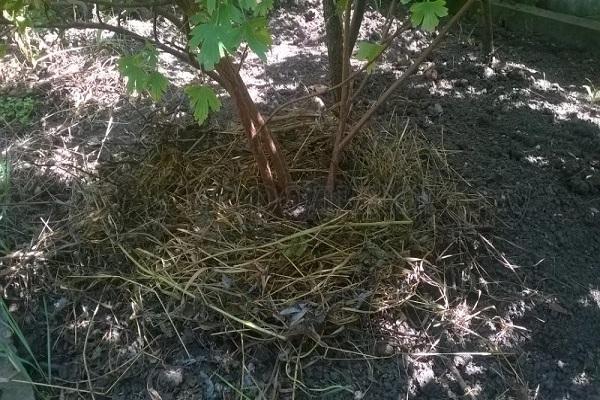
Bush formation
You need to cut currants to remove unnecessary, injured, dried out branches. Otherwise, the plant will waste energy and nutrients on them. Most of the ovaries are located on last year's increments of four-year and five-year branches. Shoots over 6 years old must be cut out, and diseased, dried specimens are also removed.
With the systematic, timely formation of bushes, the fruiting of currant bushes is extended up to 15 years. In the fall, upon completion of leaf fall, the main pruning is carried out. In March, before the buds open, stems damaged by frost are shortened to healthy tissue, and dead and injured branches are removed. In summer, it is advisable to pinch the tips of young shoots to stimulate their tillering, giving the bushes a neat look.
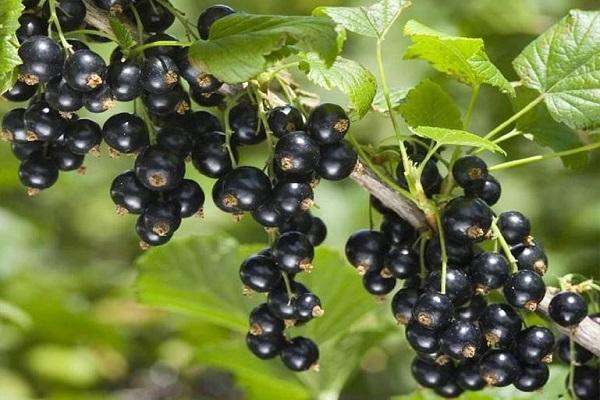
Shelter for the winter
Experienced gardeners recommend covering currants for the winter. The procedure is carried out in late October or early November. The bushes are pre-cut and fertilized. The branches are bent to the soil, grouping 3-5 pieces and pressing down with boards or bricks. If frosts in the region reach -35 in winter, the shoots are buried. Do not cover them from above, especially with metal sheets, they have high thermal conductivity. Buried branches will be covered with an ice crust and will not receive oxygen. With spring frosts, the bushes are again covered with a cloth, bulky paper bags.
How to reproduce the Riddle
Currant Riddle reproduces vegetatively, this is the most effective way. There are several more techniques:
- reproduction by petioles, when branches from one-year-old shoots with a length of 25 cm are used;
- green cuttings, a shoot 15 cm long is cut from a young branch;
- layering - using layering from the mother bush up to 3 years old.
Each of the growing techniques is available to the novice gardener.
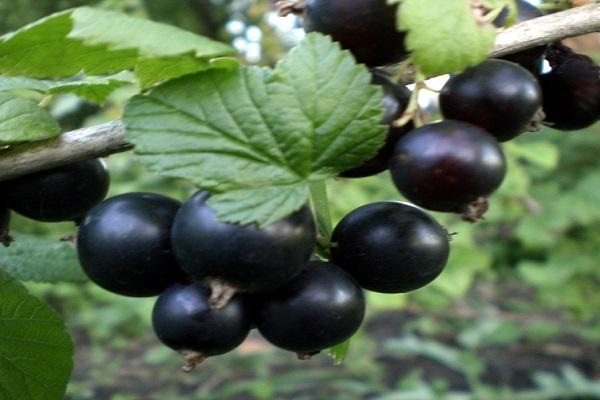
Variety reviews
Feedback about the currant Riddle will help you make your choice.
Nikita Saveliev, 59 years old, Kazan
Hello! Currant Riddle is my favorite variety. I have been growing it for 15 years, the berries are incredibly tasty. I recommend to everyone!
Victoria Bernik, 60 years old, Kiev
Hello to all! I love currants since childhood, I planted the Riddle variety in the garden in 2005. Last summer, I renewed the planting with new bushes, using the fruits for personal consumption.
Zhanna Alybaeva, 54 years old, Zaporozhye
Hello everybody! Currants have been grown Riddle since autumn 2009, although the variety is capricious, but the berries are incredibly tasty. I make pies from them, decorate desserts.
